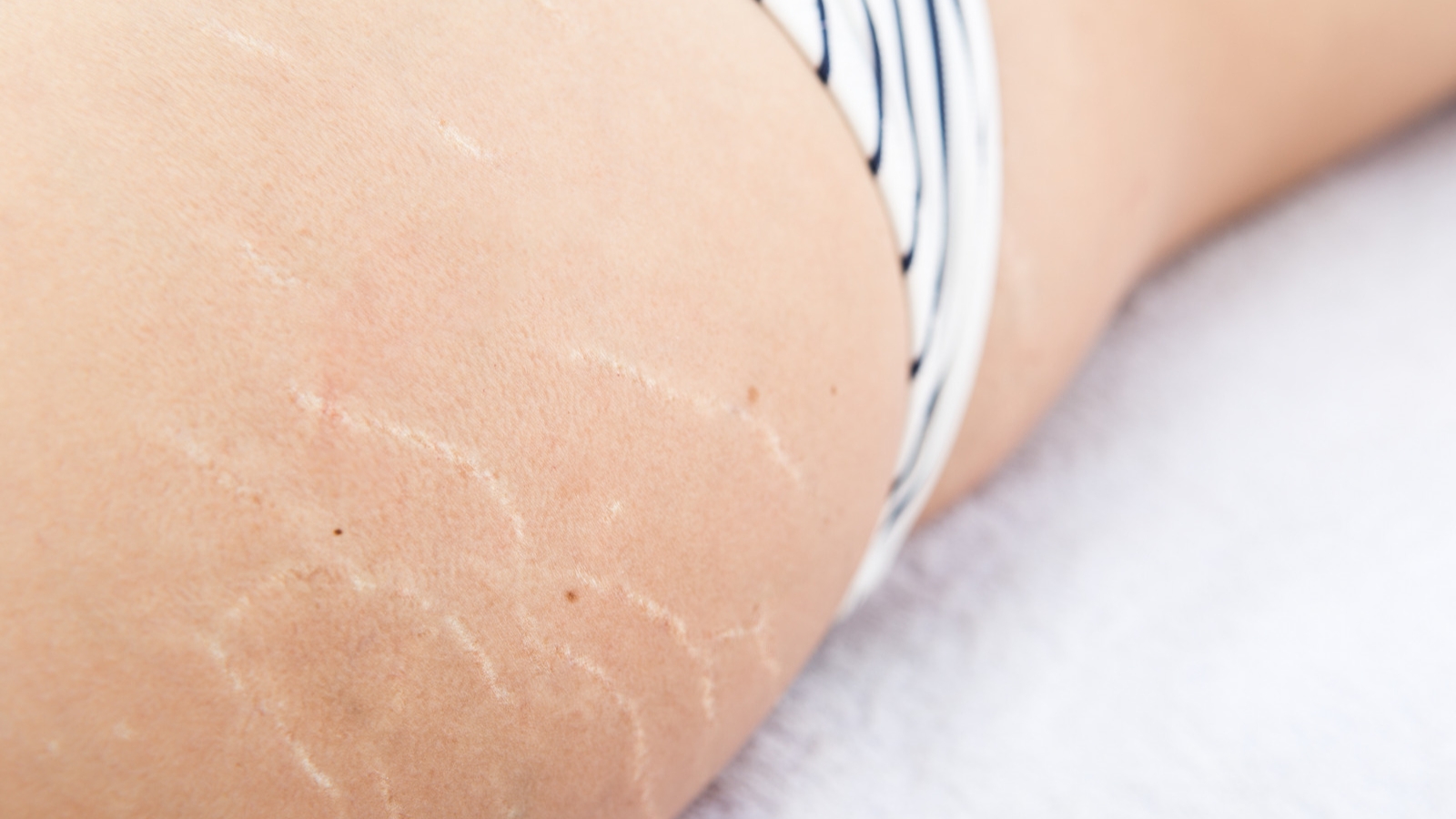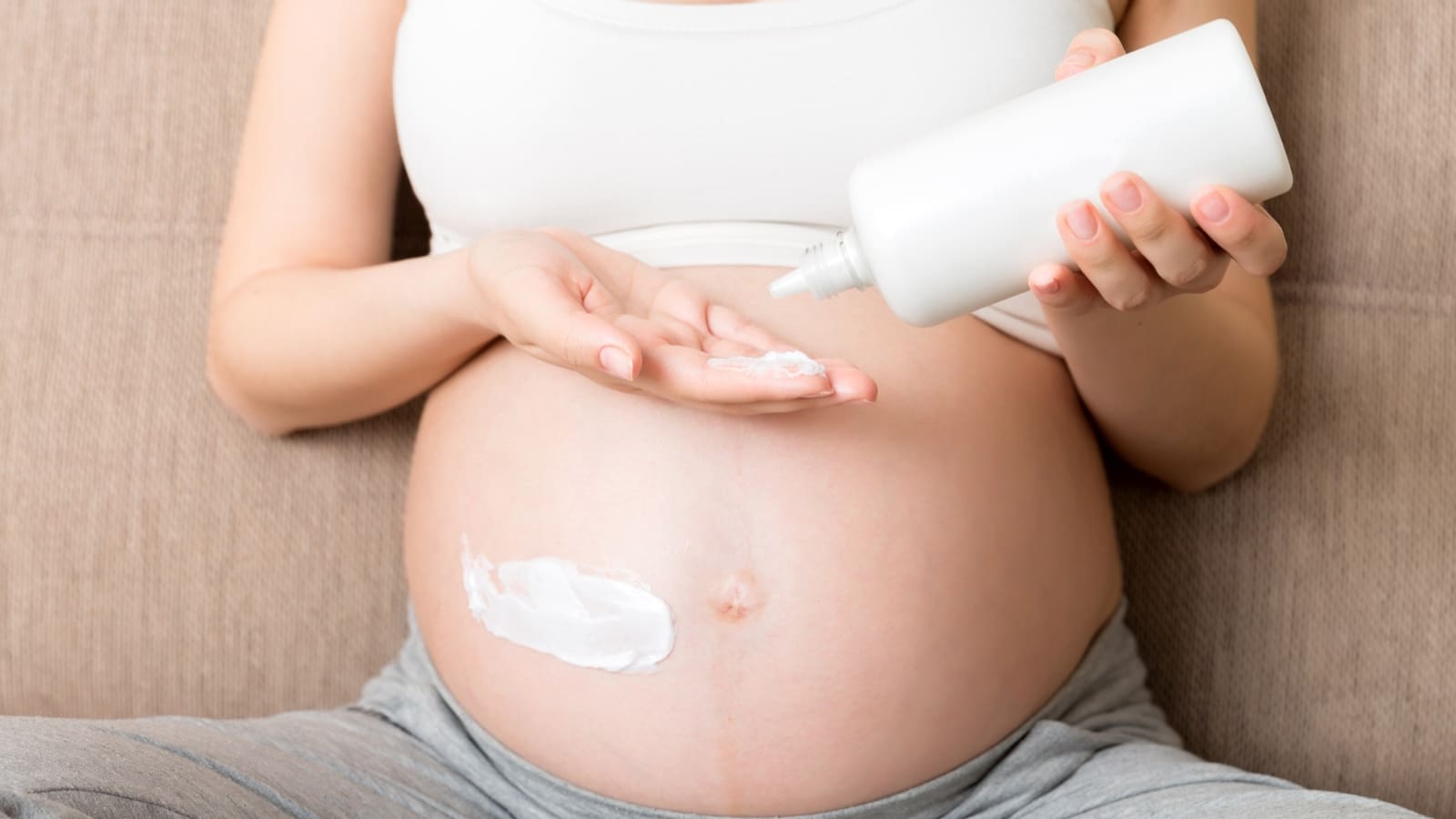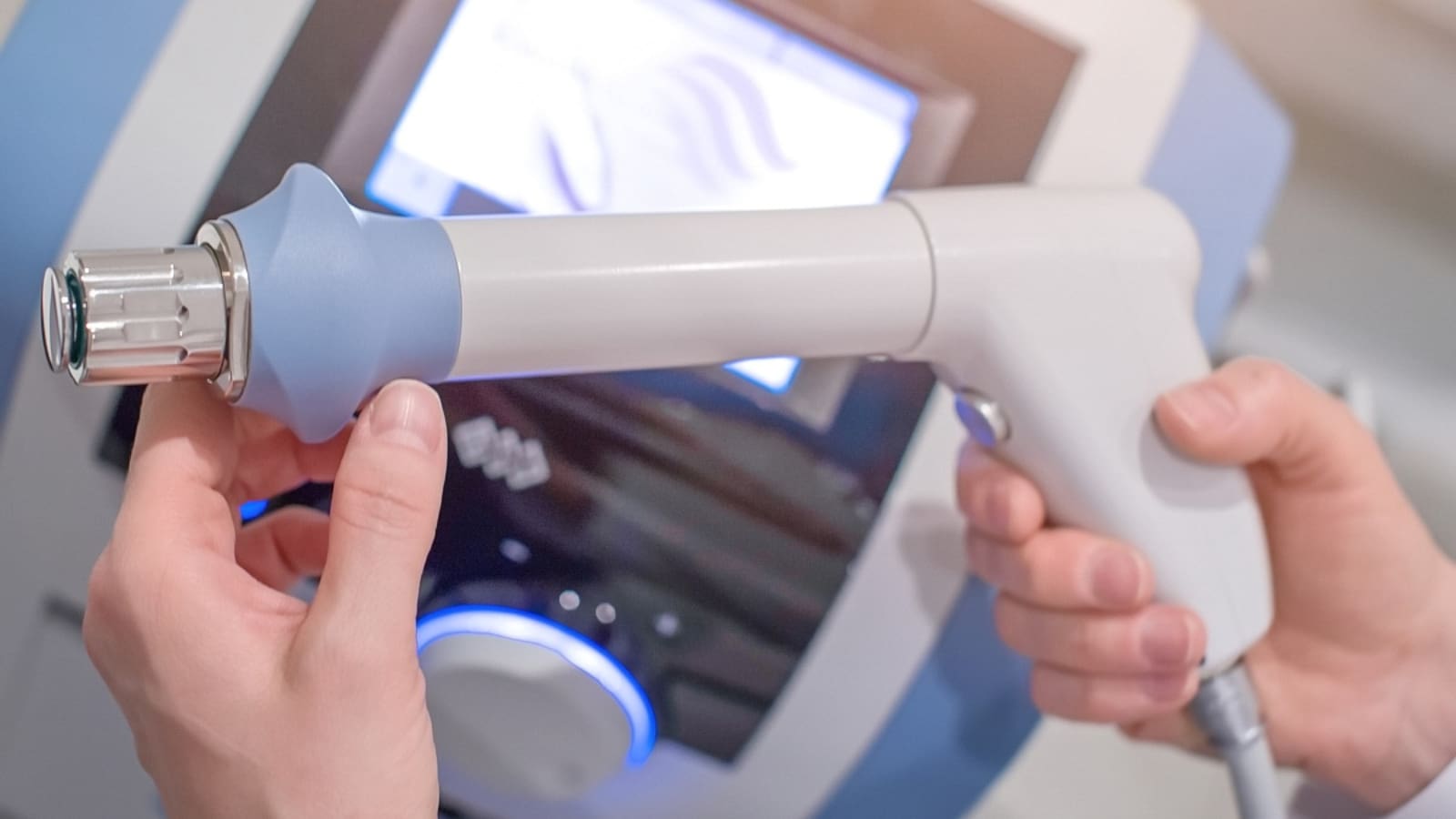Join The Nantwich Clinic Club to keep up to date with news and offers!
Sign Up
Stretch marks are a form of scarring that appears on the skin when it stretches or shrinks too quickly, and they’re more common than you might think. The data around them suggests that as many as 90 percent of people around the world actually have some form of stretch marks on their body.

Stretch marks are most commonly associated with being a side effect that comes hand in hand with pregnancy, but they are also quite common during puberty when the hormones cause changes within the body, and during periods of fluctuation with weight such as rapid weight loss/gain or due to exercise and muscle building.
While they are completely harmless and there isn’t actually any necessity to treat them from a medical standpoint, some people cannot stand seeing them on their body and do everything they can to get rid of them to feel more comfortable in their own skin and boosting their self esteem.
Well, not all stretch marks look the same and they vary depending on a number of different points, including the colour of your skin, where exactly on your body they are, how long you’ve had them and the exact cause of them. More often than not, stretch marks are pink, red, blue, purple or a dark brown (which tends to depend on the colour of your skin) and they will often fade to a lighter colour over time. They can even appear to have a sunken or indented appearance into the skin.
The problem with how they appear is that while they will often fade to some degree over time, it’s very unlikely that they are ever going to disappear entirely (and this is down to what happens beneath the skin when a stretch mark is formed).

As we’ve already mentioned, stretch marks are the direct result of the skin rapidly stretching or shrinking, but that’s just the basics of what actually happens. When the skin stretches too quickly, the collagen and elastin found beneath the skin (which are essential for providing strength and elasticity to the skin) snap and break, causing the surface layers to appear stretched. As the skin goes through its normal healing processes, stretch marks are the result that appears.
The most common risk factors that are associated with stretch marks are;
The use of steroids isn’t just related to the ones that are commonly associated with bodybuilding or weightlifting and in fact also related to topical steroid creams too. The repeated use of steroids can cause the skin to become thinner which can lead to an increased risk of stretch marks appearing.
There are also a number of genetic disorders that increase the risk of stretch marks, such as Cushing’s syndrome where the body produces too much cortisol which weakens the elastin beneath the skin. Marfan syndrome and Ehlers-Danlos syndrome are disorders that are linked to the connective tissues of the body and these can also increase the risk of stretch marks.

While stretch marks are capable of fading over time and will often do so without any treatment, they do tend to make people feel uncomfortable within their own skin. For those who do want to get rid of them, there are a number of treatments out there that promise results, but it’s near enough impossible to completely remove the appearance of stretch marks. It is possible though to reduce their appearance to the point where they are barely noticeable unless you’re purposely looking for them.
We use the BTL X-Wave treatment for stretch mark reduction, as rather than treating the signs and symptoms of the stretch marks it targets the deeper layers and fibres beneath the skin that are responsible for their appearance. The X-Wave system used acoustic waves to trigger vibrations through the skin which cause the cells to relax and stretch, enhance the circulation which helps the area to heal faster and also stimulates the renewed production of collagen (which as we know from beauty product adverts is responsible for the youthfulness of your skin).

There are a number of home remedies that you can try to help prevent the appearance of stretch marks, but the problem with them is that a lot of them don’t actually work too well. For example, while it is a commonly held belief that cocoa butter, coconut oil, almond oil and olive oil are able to help to fight the appearance of stretch marks, studies have shown that they may not be as effective as they are thought to be.
Basically, if you’re out shopping and you see a fancy looking expensive product that promises to cure your stretch marks, it’s probably way too good to be true and you’d be better saving your money to put towards an actual stretch mark reduction treatment.
To find out more about what we are able to do to assist with combating the appearance of stretch marks, or to book a consultation with a member of our team, get in touch with us on 01270 627118.
Whether it’s a quick question that you need to ask, or you would like to book an appointment with us, we want to hear from you. Simply click the button below to get started or contact us on 01270 627118.
